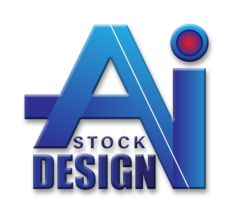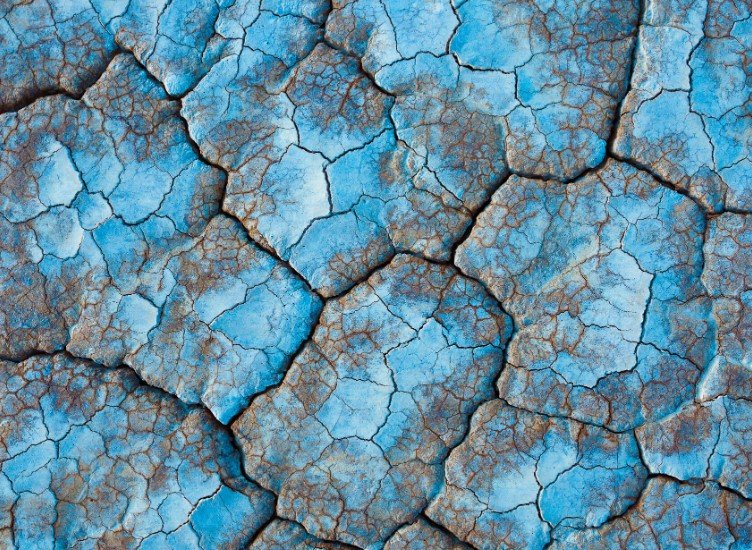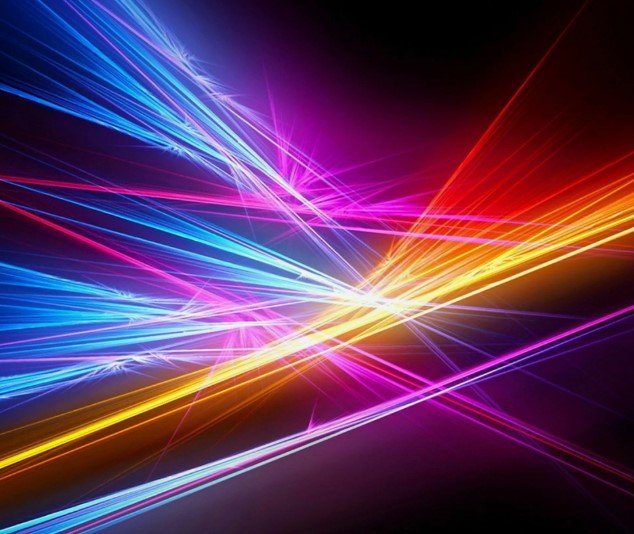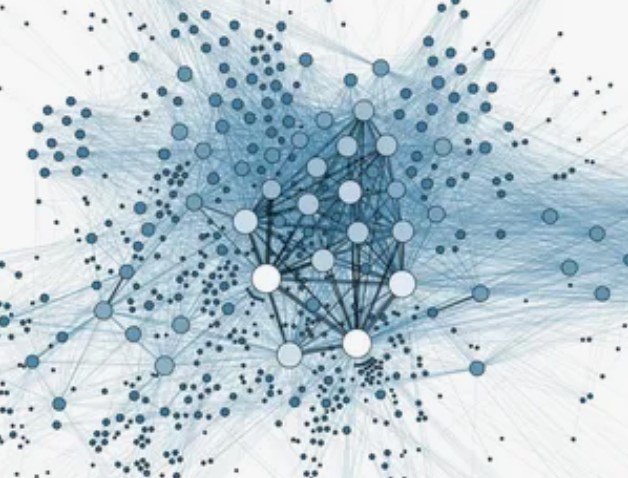Adobe Substance 3D Texturing is a suite of tools for creating high-quality, realistic textures for 3D models. It streamlines the texturing process for game development and visual effects.
Adobe Substance 3D Texturing encompasses a collection of powerful software applications designed to give artists and designers the ability to craft detailed and lifelike surfaces. These applications include Substance Painter, Substance Designer, and Substance Alchemist, each offering unique features for specific texturing tasks.
Substance Painter excels in painting textures directly onto 3D models with a range of brushes and materials. Substance Designer is the go-to for creating custom textures from scratch, allowing for intricate material creation with its node-based workflow. Substance Alchemist provides tools for material transformation and management, making it easy to curate libraries and modify existing textures. Together, this ecosystem offers unparalleled control and efficiency in the texturing workflow, making it a standard in industries ranging from gaming to film production.
Table of Contents
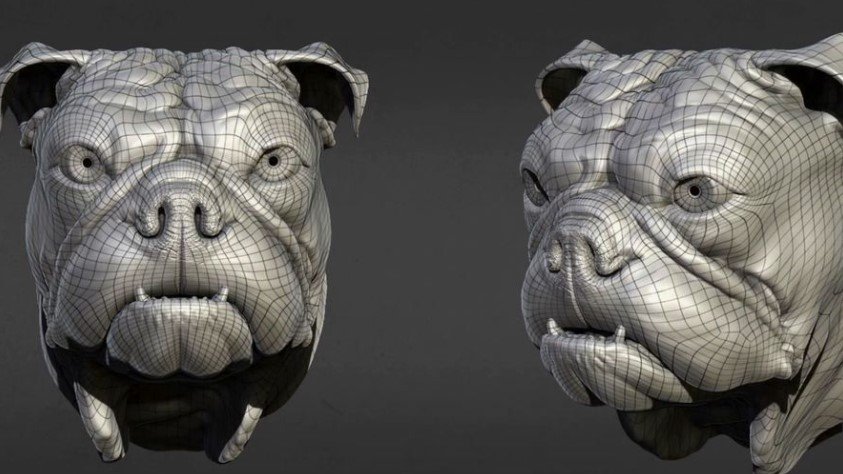
Understanding Adobe Substance 3d
Adobe Substance 3D Texturing is a powerful tool for digital artists. It lets them create life-like textures for 3D models. This tool is part of Adobe’s Substance 3D suite. Designers can use it for games, movies, and other digital content. It is user-friendly and full of features.
Features And Capabilities
Adobe Substance 3D Texturing offers many exciting features. Artists can paint directly on their 3D models. This makes their workflow faster and more intuitive. The software includes thousands of materials. These materials help create realistic surfaces. Users can also customize these materials to fit their projects.
- Smart Materials: They adapt to any model, showing realistic wear and tear.
- Smart Masks: These masks apply complex weathering effects with ease.
- Real-Time Preview: Users see a live preview of their texturing work.
Another key feature is the layer-based painting process. It allows for non-destructive editing. Users can experiment without losing original work. The software supports 4K resolution, giving high-quality details.
Integration With Adobe Creative Cloud
Integration with Adobe Creative Cloud is seamless. Users can sync their work across different Adobe tools. This makes their creative process smooth. They can start a project in Photoshop and finish it in Substance 3D. The Cloud also offers easy collaboration between team members. They can share files and give feedback quickly.
Adobe Fonts and Adobe Stock are part of this integration. Users can access a vast library of fonts and images. They can enhance their 3D texturing projects. Cloud storage is another advantage. It provides safe and accessible storage for all project files.
Benefits Of Using Adobe Substance 3d
Adobe Substance 3D brings your digital creations to life with stunning detail. Artists and designers get tools that make textures look real. With these tools, 3D models shine and feel like they could exist in the real world. Texturing is a key step in 3D design. Adobe Substance 3D makes this step better and easier. Read on to see how.
Enhanced Realism in Textures
Adobe Substance 3D gives textures that make you say “Wow.” It uses smart materials that mimic real-life surfaces. Here’s why these textures stand out:
- True-to-life Details: Tiny bumps and colors look real. This makes objects look like you can touch them.
- Variety of Options: Lots of choices for surfaces. You can make wood, metal, fabric, and more.
- Customization: Change your textures as you like. Make them fit your design perfectly.
Textures can change how light bounces off surfaces. This makes shadows and highlights look natural. With Substance 3D, your designs will look like they belong in the real world.
Streamlined 3d Texturing Workflow
Adobe Substance 3D makes texturing work fast and easy. Here’s how it helps:
- Easy to Learn: It’s simple to start using. There are tutorials to help you learn.
- Efficient Tools: Everything you need is in one place. This saves you time.
- Compatible: Works with other design programs. You can use it with many tools you already know.
When you use Adobe Substance 3D, you spend less time on tasks. This means more time to be creative. Your projects get done faster and they look amazing.
Key Tools And Techniques
Adobe Substance 3D Texturing is a powerful tool for digital artists. It helps create lifelike textures for 3D models. Artists can make objects look real with amazing details. This blog explores essential tools and techniques in Substance 3D.
Material Authoring Tools
Creating materials in Substance 3D is fun and creative. Artists use special tools to make textures look like real-life materials. These tools are easy to learn but offer deep control over the final look.
- Substance Designer is for making custom materials from scratch.
- Substance Painter allows for painting textures directly onto 3D models.
- Substance Alchemist lets artists mix existing materials to create new ones.
Each tool has a unique role in material creation. Artists often start with Substance Designer to build the base material. They use Substance Painter to add details like scratches and dirt. Substance Alchemist help combine materials for more complexity.
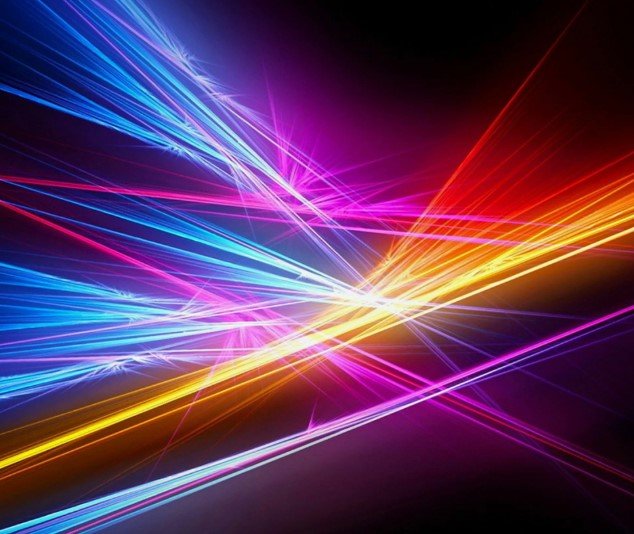
Procedural And Hand-painted Texturing
Procedural texturing uses math to create patterns. It’s like magic for making textures that don’t repeat. This means artists can make large surfaces without obvious seams.
Hand-painted texturing is all about control. Artists paint every detail with care. This method is perfect for adding personal touches to a model.
| Texturing Type | Benefits |
|---|---|
| Procedural | No seams, great for large areas |
| Hand-Painted | Full control, perfect for unique details |
Both methods have their place in texturing. Procedural techniques can save time and create complex patterns. Hand-painting brings a personal feel to the model. Many artists combine both for the best results.
3d Modeling And Texturing
Adobe Substance 3D Texturing is a powerful tool for artists. It helps create lifelike textures for 3D models. These textures make models look real. Artists can use Substance for films, games, and VR. It’s essential for 3D modeling and texturing work.
Creating Pbr Materials
PBR, or Physically Based Rendering, materials are key for realism in 3D art. They ensure that objects look real under different lights. Adobe Substance 3D excels in creating PBR materials. It uses real-world data to make accurate textures. Artists can control how rough or shiny a surface is. This makes for very believable materials. Here are some steps in the process:
- Choose a base material or start from scratch.
- Adjust metallic and roughness values.
- Add details like scratches or rust for more realism.
Textures from Substance can be exported to many 3D programs. This makes them very versatile. Check the table below for common PBR parameters.
| Parameter | Description |
|---|---|
| Base Color | The main color of the material |
| Roughness | How smooth or rough the surface is |
| Metallic | If the material is metallic or not |
| Normal | Small surface details for realism |
Texturing For Game Assets
Game assets must look good and work well in games. Textures play a big part in this. With Substance 3D, artists create textures that are not heavy on memory. This is very important for games. Games must run smoothly on different devices. Textures should look good but not slow the game down.
Substance 3D lets artists make textures that can change. This means a single asset can have many looks. It’s great for games where players can customize things. For example, a car can have many different paint jobs. Players love this kind of detail.
- Create a texture that works well with the game’s style.
- Make sure textures are optimized for performance.
- Use layers to allow for customizable elements.
Remember, the goal is to find the right balance. You want beautiful textures that keep the game running fast. Below is an example of how Substance can optimize textures for games.
| Texture Type | Use Case |
|---|---|
| Diffuse | Basic color texture |
| Specular | Defines shininess |
| Normal Map | Adds small surface details |
| Emissive | For glowing parts |
Adobe Substance 3d Texturing Free
Adobe Substance 3D Texturing helps make pictures look real or imaginary. With Adobe Substance 3D Texturing Free, everyone can try making their cool images without paying. This tool is great for making movies and games look awesome.
Film And Animation Production
Creating movies and cartoons uses Adobe Substance 3D Texturing. This tool lets artists add details to characters and scenes. It makes everything look close to real life or totally from imagination. Let’s see why it’s important:
- It makes characters look alive. With textures, they seem real or funny.
- Scenes get more exciting. Textures can show if a place is old, new, happy, or scary.
- It helps tell stories better. Good textures can make us feel the story more.
Artists use this tool to make sure every detail is perfect. From a hero’s shiny armor to the dark, spooky castle, everything needs texture. This makes movies and cartoons fun to watch.
Game Development And Virtual Reality
Games and VR are cool because they make us feel like we’re inside another world. Adobe Substance 3D texturing helps a lot here. See how:
- Games look more real or fun. Textures can make a game world seem like it’s right around us.
- It helps with fast, smooth play. Good textures don’t slow the game down.
- VR feels like stepping into a dream. With textures, VR worlds are amazing to explore.
For game makers, textures are key. They need to make sure everything, from the giant dragon to the tiny button on a coat, looks perfect. This keeps players coming back for more fun and adventure.
Challenges And Limitations
Adobe Substance 3D Texturing is a tool for creating realistic textures on 3D models. It’s powerful but has some challenges and limits. This blog talks about those issues.
Performance Considerations
Using Adobe Substance 3D Texturing needs a good computer. Big projects can make the software slow. Let’s see what makes it demand so much:
- High-quality textures need more computer power.
- Many layers in a project can slow down the work.
Users can face long waiting times. This makes working hard, especially on tight deadlines. Using a powerful computer helps. Yet, not everyone can afford one.
Learning Curve For New Users
Starting with Adobe Substance 3D can be tough. New users find many tools and options. It’s a lot to learn. Here’s why:
- Many features: The software has lots to explore.
- Different from other software: If you know other 3D tools, this one might feel strange.
Practice helps in getting better. Yet, starting out can feel like climbing a big hill. There are online tutorials and courses. They can make learning easier and more fun.

Future Of 3d Texturing With Adobe Substance
Adobe Substance 3D Texturing is changing how we create digital worlds. Artists and designers now have tools that seem like magic. These tools make 3D objects look real. Textures can show every detail, from a rusty metal surface to soft, fluffy clouds. Adobe Substance is leading this change, and we’re just starting to see its power.
Advancements in AI-driven texturing
AI is a big deal in 3D texturing. It’s like having a smart helper that learns fast. This helper makes creating textures easier and faster. Artists can now do things that were hard before. Let’s look at how AI is making a difference:
- Smart Materials: AI helps create materials that know how things work in the real world.
- Quick Learning: AI can learn from pictures and make new textures that look just right.
- Less Repetition: Artists don’t have to do the same thing over and over. AI can take over some tasks.
With AI, the software can even suggest textures. This means artists can try out new ideas quickly. They can make things look real or totally imaginary.
Potential Impact On the Design Industry
The design world is buzzing with excitement. Adobe Substance is making big waves. It’s not just about making pretty pictures. It’s about changing how we create and see things. Here’s what it means for the design industry:
| Impact | Details |
|---|---|
| Faster Workflows | Designers can get things done quicker. They can focus on being creative. |
| Higher Quality | Textures look more real. This makes the final product much better. |
| Education and Growth | New learners can pick up skills faster. They can make amazing things sooner. |
Changes like these mean a lot for everyone. Companies can make better products. Designers can grow in their careers. And we all get to enjoy more beautiful and immersive experiences.
Conclusion
Adobe Substance 3D Texturing transforms digital creation, making it accessible and efficient. This tool empowers artists and designers to bring their visions to life with unparalleled realism. Embracing this technology will not only streamline your workflow but also elevate your projects.
